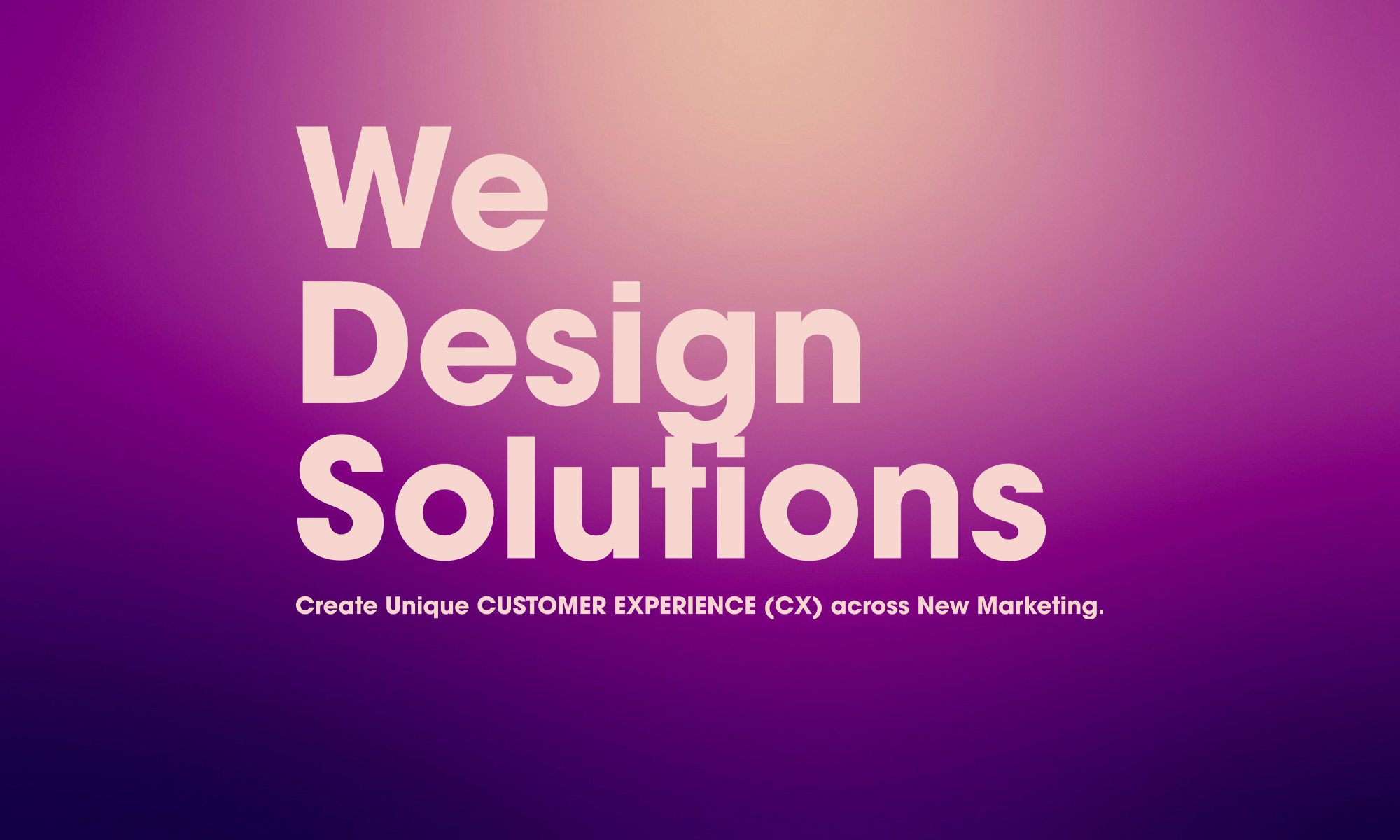
We’re heading in the same direction… or so we thought.
One day, a general manager from a major manufacturer approached us for advice on how to use Instagram to boost user engagement. The goal—enhancing brand awareness—was clearly shared.
In response, we proposed a branding strategy rooted in the unique dynamics of social media: a sense of closeness, emotional resonance, and long-term trust-building. Our plan included everyday video content, posts that communicate brand philosophy, and interactive initiatives to foster dialogue with users. Rather than chasing short-term numbers, we focused on sustained relationship-building.
But in the end, a completely different path was chosen.

The GM opted for a flashy ad campaign, enlisting a large number of influencers to generate buzz in a short time. While the term “branding” was used, what they truly meant was “getting attention = building a brand”—a fundamentally short-term outlook.
As a result, our strategy that leveraged the strengths of social platforms was shelved. The opportunity to communicate the brand’s worldview and nurture meaningful user relationships was lost.

At the heart of this misalignment lies a persistent bias within organizations: the belief that digital initiatives are inherently lightweight and fast-moving. Social media and video content are often seen as tools for quick promotions, not as vessels for conveying a brand’s essence.
But today’s users are quick to spot traditional advertising—and even quicker to distance themselves from it. Trust and empathy now form the foundation of brand value. More attention should be paid to this shift in user behavior.

This case highlighted a basic but critical lesson: when definitions are misaligned, real dialogue becomes difficult. Even a term like “branding” can mean vastly different things depending on who’s using it.
That’s why aligning goals, values, and timeframes at the outset is more important than ever in marketing work.
In the next post, we’ll dig deeper into the lessons from this experience and explore:
- How can we prevent misalignment?
- What kind of communication design should marketers adopt?
To be continued.
